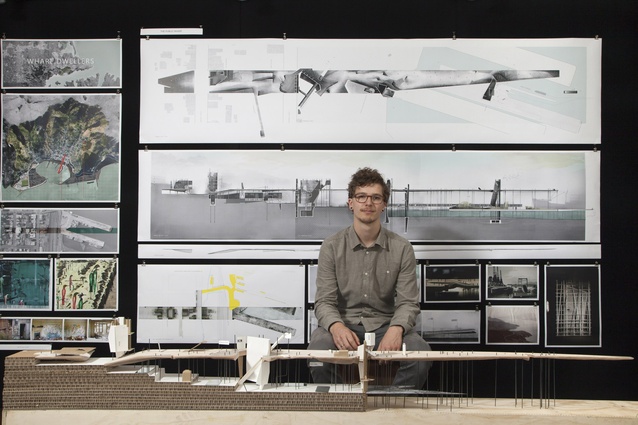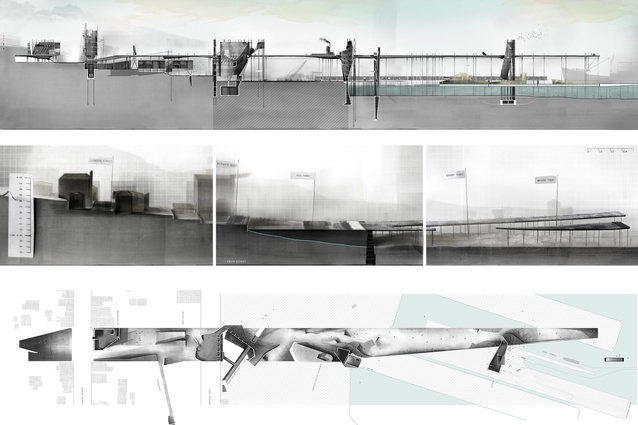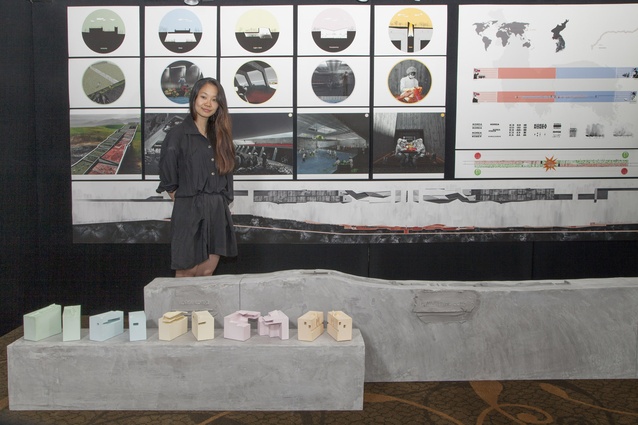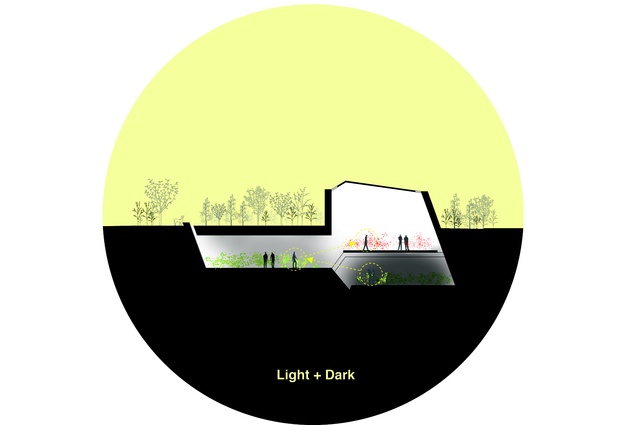Top architecture student prize announced
Winners of the 2014 New Zealand Institute of Architects (NZIA) Graphisoft 5th year Student Design Awards were announced 26 November at the Heritage Hotel, Auckland. This year, Victoria University of Wellington student Tom Dobinson walked away with the top accolades and a $5000 cash prize.
Dobinson’s scheme for a public wharf on the Lyttelton waterfront beat 11 other finalists to take out the top award.
Dobinson’s winning entry explored the character of Lyttelton, Canterbury, and took inspiration from the work of one of the town’s celebrated and reclusive residents, the artist Bill Hammond. The focus of the work was a design for a wharf that would allow the public access to Lyttelton’s waterfront, which is at present out of bounds to the town’s residents.
The two Highly Commended awards went to Unitec’s Ji Min An, for a proposed building in the Korean demilitarised zone, and the University of Auckland’s Norman Wei, who devised a craft to accommodate sea-borne communities displaced by rising sea levels in the Pacific.
Jury chairperson and president of the NZIA, Pip Cheshire, said the students’ proposals were highly impressive in both content and presentation.
“The students are amazingly proficent in digital technology, and the quality of the illustrations submitted by the finalists was very high,” Cheshire said. “At the same time, it was pleasing to see the students also produced beautiful hand drawings and physical models.
“All the entries were imaginative and innovative, and many addressed big issues that will confront the world during the students’ future careers – challenges such as global warming, the livability of cities, and the permanent nature of slums in developing countries.”
Each year, the competition brings together the top projects from final year students at New Zealand’s three schools of architecture: the University of Auckland, Unitec and Victoria University of Wellington.
The 2014 judging panel was made up of Pip Cheshire, Louise Wright of Assembly Architects, Arrowtown, and Professor John Macarthur, director of the Research Centre for Architecture, Theory, Criticism and History at the University of Queensland.















